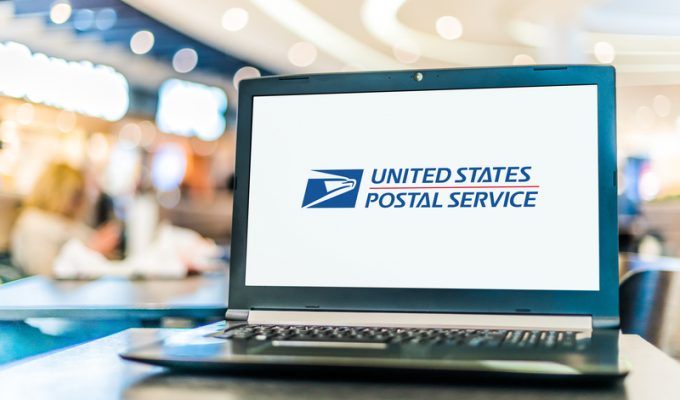BI: US Postal Service will 'continue accepting' parcels from China and Hong Kong in quick reversal
BUSINESS INSIDER reports: The US Postal Service has reversed its position on parcels from China and Hong Kong, ...

In an effort to become “a vibrant and self-sustaining organisation”, after years of extreme losses, the US Postal Service (USPS) has cut its reliance on air transport for first-class packages.
The reduction, around 90% over the past two years, brought a $1bn saving in costs and substantial climate gains.
USPS relies chiefly on FedEx for its air cargo freight and postmaster general, and CEO of USPS, Louis DeJoy said some 95% of first-class mail was now ...
USTR fees will lead to 'complete destabilisation' of container shipping alliances
Outlook for container shipping 'more uncertain now than at the onset of Covid'
Flexport lawsuit an 'undifferentiated mass of gibberish', claims Freightmate
Shippers warned: don't under-value US exports to avoid tariffs – 'CBP will catch you'
Cancelled voyages take the sting out of spot rate declines this week
New Houthi warning to shipping as rebel group targets specific companies

Comment on this article